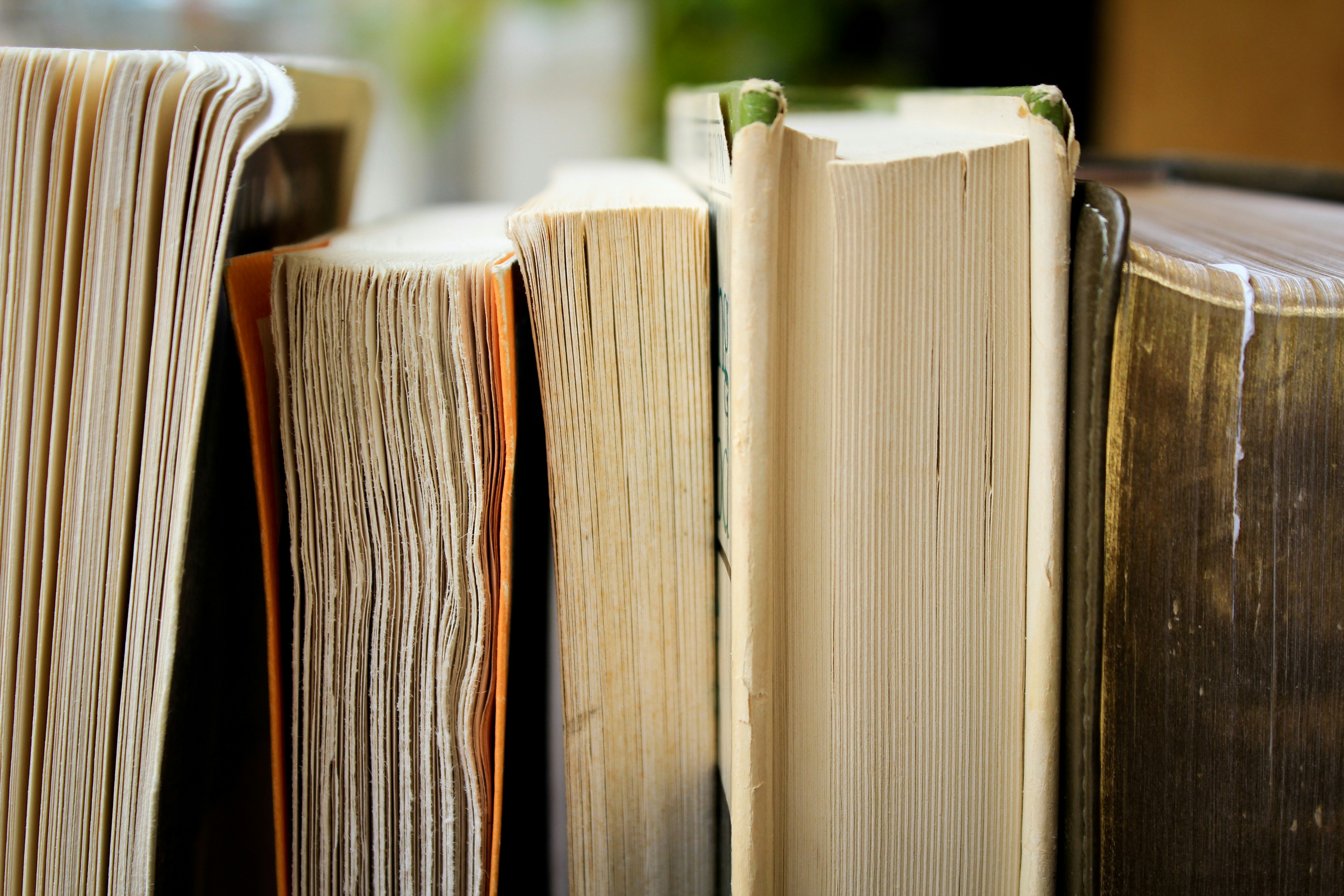Following is my 500 or so (bit more...) essay. If you have opinions about the poem, please feel free to comment. I’d love to open a dialogue on this one.
Eileen Myles’ “The Honey Bear” presents what appears to be a straightforward narrative. A twenty nine year old woman is standing in the kitchen on the eve of her thirtieth birthday, smoking her last cigarette before quitting, making a cup of herbal tea, and sweetening it with honey from a plastic bear dispenser. On the radio, first we hear Ivy Anderson and then Billie Holiday – both torchy jazz singers. The scene is suffused with a sense of time passing, both in terms of growing older and with the progression of the clock as the evening moves towards the next day. The use of the continual present tense, and the prosaic and domestic activity depicted calls to mind the New York School of poetry. It’s clear by the bathtub being in the kitchen that this is an older style New York City apartment, and the darkness of the music, the tea and the surroundings is offset by the brightness of the artificial lights.
It’s impossible to read a poem that follows this sort of progression and urban sensibility while referencing Billie Holiday, without thinking of Frank O’Hara’s “The Day Lady Died”. O’Hara’s seminal New York School poem becomes a touchstone for this one, evoking the slow sensual pleasure of immediate sensation, from the combination of the music, the scented tea, the honey, and the tactile grooves of the bear’s face. We know that tomorrow is the speaker’s birthday, that the speaker is alone and using the sensual aspects of the scene to offset the melancholy. These elements, and even in the little pun in the repetition of the letter O all provide a homage to O’Hara.
The poem, however, is suffused with rhythm and repetitions that are more stylized, musical and less prosaic than you’d usually find in The New York School. The repeated use of the present participle of verbs like hanging, smoking, singing, squeezing, standing, dripping, starting combines with the assonance of the O sound in Holiday, radio, smoking, odd, suppose, older, and the O in “O it’s very quiet”, “O very sad and sweet”, and “O honey”. Though the poem is only one stanza, about mid-way through it turns at “I’m not a bad looking woman”, interrupting the voices of the jazz singers and changing the form. Though the scene doesn’t change, there is a progression from the clipped line breaks in the first half of the poem, to the looser structure of the second. The O sound creates a sense of longing that progresses to sexual desire, intensified by the noodle of honey dripping down the bear’s face. From this point onward, the poem begins to flow, opening out with mid-sentence spaces that creates a more dramatic, breathless energy: “I suppose O it’s very quiet” or “in my kitchen tonight I’m squeezing”. Other words also repeat: older, sweet, odd, honey, late, kitchen, as the words drop down the page like the honey into the tea. This dissolution breaks the narrative quality of the first half, becoming more surreal as it zeros in on the nexus of desire, the room’s silence, and the intensity of the moment in which all of these separate senses come together to the final climax of “I’m staring at the honey bear’s face.”
